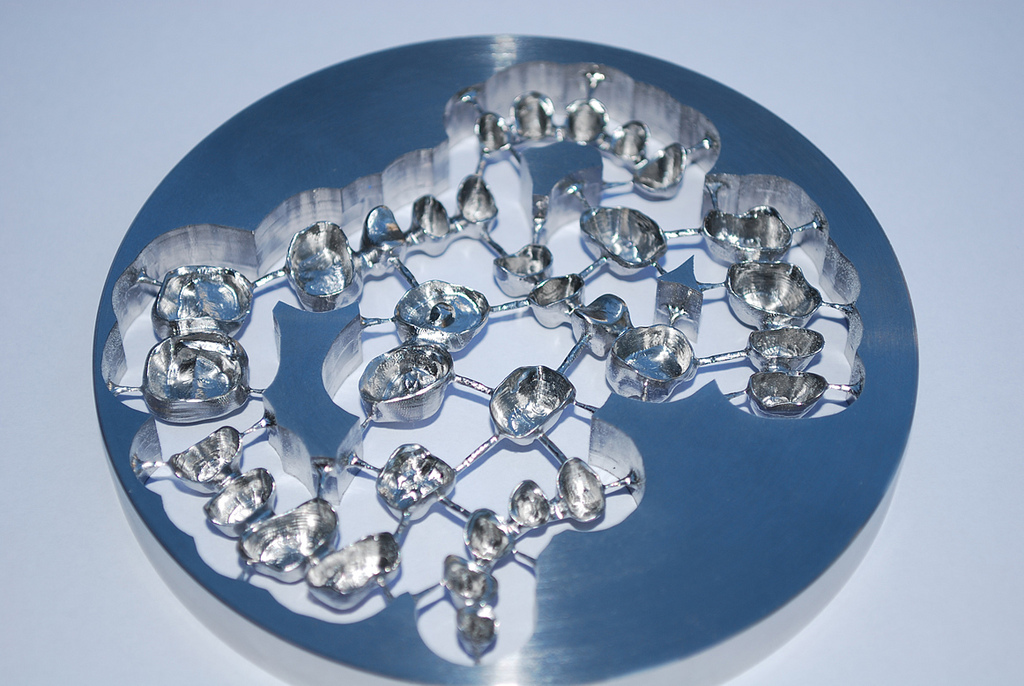Nanotechnology in Dentistry Creates Stronger Fillings

Breakthroughs in nanotechnology don’t just limit their effect to the electronics industry. Recent advancements in the industry have allowed dentists to severely cut down on their workload in a way you may not have expected.
Dentists use dental composites to restore teeth to their original hardness and rigidity, making them essential in dental repairs such as restoration fillings. They are typically made of amalgams such as composites made of silica, plastic compounds or ceramic, or of mixtures of silver, mercury or tin.
The problem is that these can be prone to breakages and suffer from a short life span. In fact, it is thought that replacement fillings make up 75% of dentist’s work. The use of nanotechnology in dentistry has allowed engineers to come up with a viable solution to this problem.
Using Nanotechnology
The short lifespan of current dental composites have led engineers to look into the concept of using nanotechnology in dentistry, with fillings that could last longer than the conventional kind. The benefit of using nanomaterial is that when a material becomes smaller, it reduces the chance of it containing a defect, thus increasing the strength of that material.
The Development of NovaPro Flow
Hao Li, a professor at the University of Missouri’s college of engineering has developed a “flowable” composite known as NovaPro Flow, which has recently received FDA clearance. This composite incorporates calcium phosphate nanofiber technology in conjunction with nanoparticles. It is injected as a liquid composite in a cavity via syringe, allowing for easy and precise delivery to the patient’s tooth.
Making the composite flowable was essential as it allows the liquid to easily flow and fill every crack and crevice in the tooth. Once this has been properly fitted, the material is then hardened in less than 20 seconds through a high-intensity blue light. Once hardened, the nanofibers provide support to the overall structure of the tooth, much like rebar in concrete, which helps to ensure greater longevity.
The Benefits of Using Nanofibers
The use of calcium phosphate nanofibers not only helps to improve the tooth’s strength, but also helps to retain its shine. Of course, there is another reason that nanofibers are so important. They are made of a material very similar to that of your tooth mineral and bone marrow, which makes it very biologically accepting.
It is thought that this new composite is stronger than anything else currently on the market, when compared to other commercial dental filling products. Dentists say that the NovaPro Flow could help both dentists and patients alike, due to its strength and bonding ability. This would allow for longer lasting restorations, meaning that patients would need to come in less for replacement fillings. This would be a great benefit for everyone in the dental field.
Li, president of Nanova Biomaterials Inc. is also currently working on obtaining FDA approval of other nanofiber-based biomaterials, including orthopaedic screws and universal dental composites. Nanova Biomaterials already produces StarBright dental varnish, which is used as a cavity varnish and for the treatment of dentin hypersensitivity.
While these advancements in dental technology are of great benefit to both dentists and patients, it is important to remember that healthy dental care comes down to more than just using the latest technologies. Regular dental visits and maintaining good dental hygiene is essential to help avoid preventable dental treatment.
Image source: https://www.flickr.com/photos/cadcamzone/4679188766/
Ivanovic J (2015-11-23 12:33:07). Nanotechnology in Dentistry Creates Stronger Fillings. Australian Science. Retrieved: Jul 04, 2025, from https://ozscience.com/health/nanotechnology-in-dentistry-creates-stronger-fillings/
 Follow
Follow